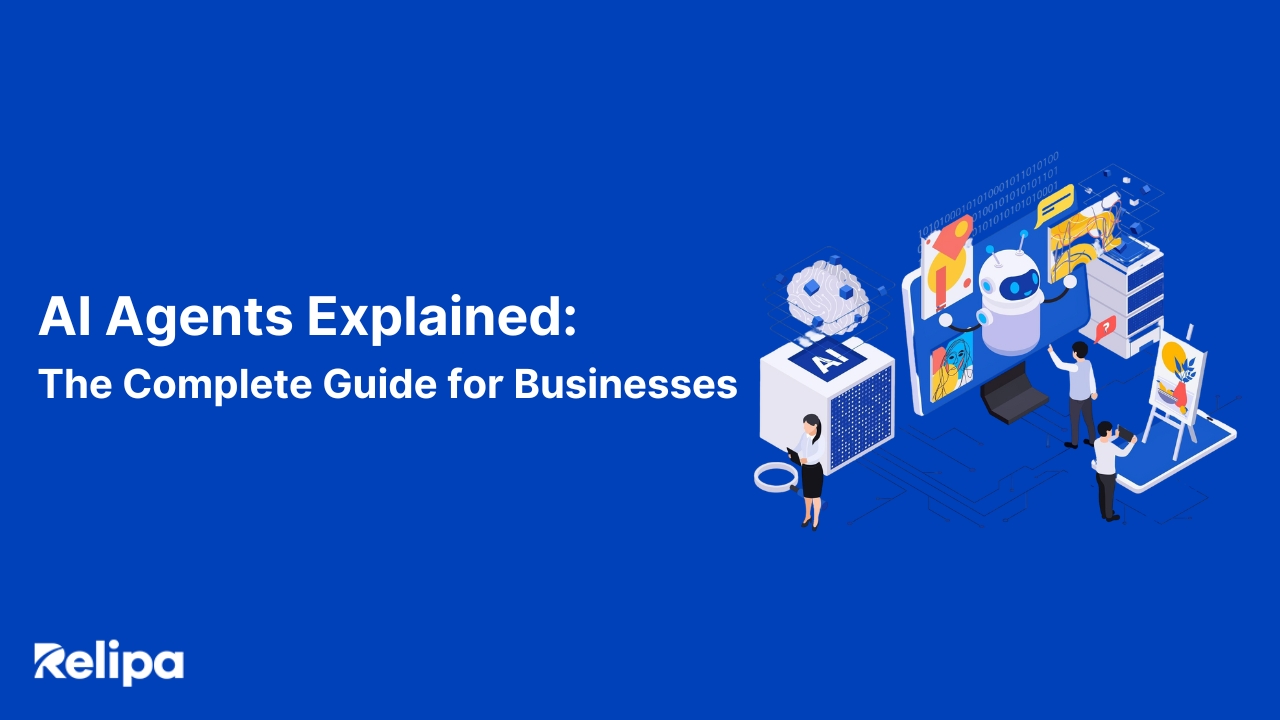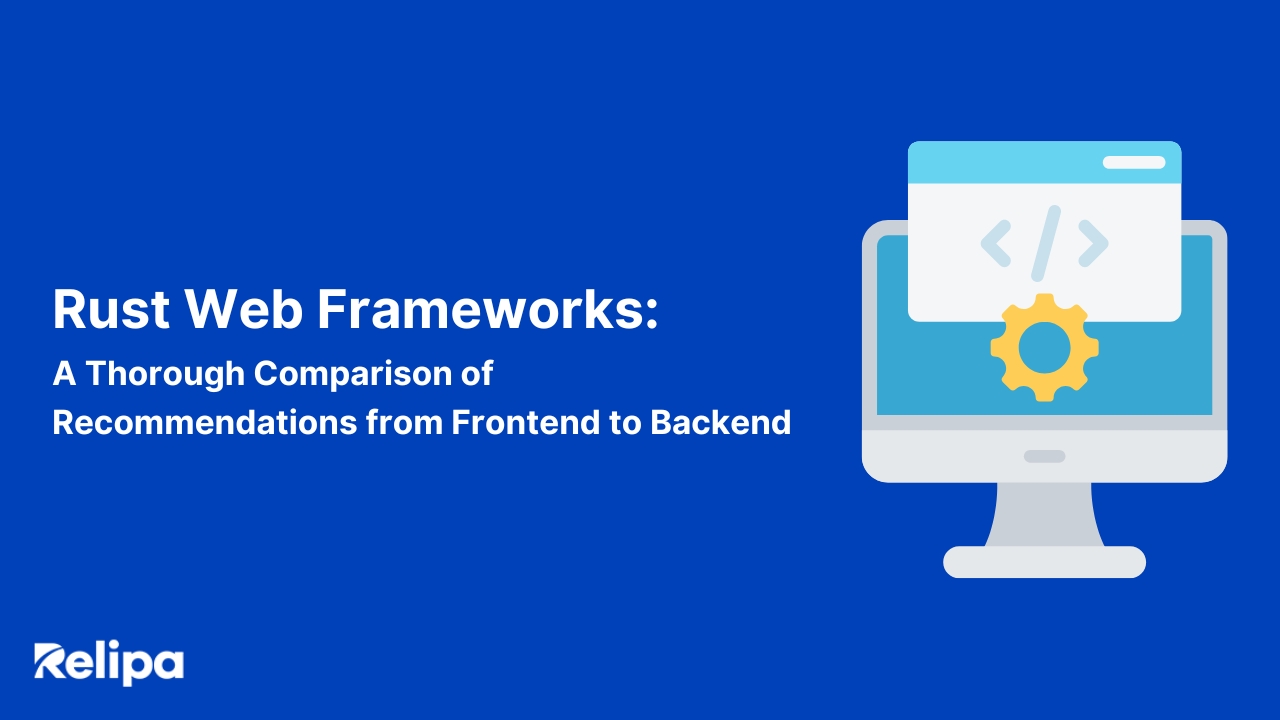5 Types of AI Agents Explained: Features, Functions, and Use Cases
Every time you ask ChatGPT to write an email, let your car park itself, or get a movie recommendation that feels uncannily right, you’re interacting with an AI agent. These digital entities are the quiet workhorses of the AI revolution.
They perceive their surroundings, decide what to do next, and take action, sometimes without any human in the loop. Once built around static rules and manual inputs, AI has now evolved into a world of autonomous, adaptive agents that can think, learn, and collaborate.
In this article, we’ll unpack the five classical types of AI agents, trace how they’ve evolved from simple reflexes to learning systems.
What is an AI Agent?
An AI agent is an intelligent entity that can perceive its environment, reason about what it observes, and take actions to reach specific goals. It operates through a continuous cycle of perception -> reasoning -> action, where each decision influences the next. This loop allows AI agents to interact dynamically with their surroundings, interpreting data, making judgments, and executing tasks autonomously rather than waiting for direct commands.
Modern AI agents go beyond static algorithms. They can adapt based on feedback, learn from experience, and collaborate with other systems. When powered by large language models (LLMs) or integrated into multi-agent frameworks, these agents form the foundation of Agentic AI, systems that can plan, coordinate, and act across complex environments with a growing sense of independence.
Read more: AI Agents Explained: The Complete Guide For Businesses
Types of AI Agents
Simple Reflex Agent: Acting on Pure Instinct
The simple reflex agent is the earliest and simplest form of artificial intelligence. It operates entirely on rules, reacting to the world based only on what it currently perceives, without any awareness of the past or consideration for the future. When a certain condition is detected, it triggers a specific action in response, like a reflex arc in living organisms.
For example, imagine a cleaning robot that turns left when it hits a wall or a thermostat that activates cooling when the room gets too hot. These agents don’t analyze why the situation happened, they just respond according to predefined logic. This makes them fast, consistent, and easy to implement, but also incapable of adapting when the environment changes.
Key Features
Simple Reflex Agents are built on the principle of condition-action mapping. They perform best in predictable and fully observable environments where every input has a clear and fixed response.
- Reactive logic: Acts instantly based on current sensory input, following “if-then” rules.
- No internal state: Lacks memory or understanding of previous actions.
- High speed and reliability: Executes tasks consistently and with minimal compution.
- Limited flexibility: Struggles in dynamic or uncertain environments that require adaptation.
Use Cases
Despite their simplicity, these agents remain useful in systems where quick, rule-based decisions are needed. They often serve as the foundation for larger, more complex architectures. Examples include:
- Home automation system: Thermostats, light sensors, or motion-activated devices.
- Industrial control systems: Machinery that shuts down automatically when a threshold is reached.
- Basic robotics: Obstacle-avoidance behavior or line-following bots.
- Spam and rule-based filters: Automated detection of simple patterns or keywords.
Model-Based Reflex Agent: Learning to Perceive the World
While a Simple Reflex Agent reacts blindly to stimuli, a Model-Based Reflex Agent begins to see beyond the moment. It doesn’t just respond to what’s happening now, it keeps an internal model of the world, allowing it to infer what’s happening even when some information is missing.
For example, a robot vacuum that remembers the layout of a room can navigate efficiently even if some sensors temporarily fail. The model acts as a memory and reasoning layer, allowing the agent to make more informed decisions without needing constant, complete input from the environment.
Key Features
The defining feature of this agent is its internal representation of the world, which evolves as it receives new data. This internal model bridges perception and action, enabling reasoning under uncertainty.
- Internal state memory: Stores partial information about the environment to infer unseen aspects.
- Dynamic model updating: Continuously refines its world model based on new sensor inputs.
- Smarter decision-making: Can respond appropriately even with incomplete or noisy data.
- Context awareness: Understands how its actions affect the environment and anticipates future states.
Use Cases
These agents underpin a wide range of real-world systems that require contextual awareness and short-term reasoning:
- Autonomous robots: Navigation, mapping, and object avoidance using SLAM (Simultaneous Localization and Mapping).
- Smart assistants: Responding appropriately even when input is ambiguous or incomplete.
- IoT and smart environments: Adjusting home devices intelligently based on historical data or patterns.
- Process control systems: Adapting operations dynamically when sensor readings fluctuate.
Goal-Based Agent: Thinking with Purpose
A Goal-Based Agent is driven by explicit objectives, not just conditions or immediate perceptions. It doesn’t merely act because “something happened,” but because it wants to achieve a particular outcome. This marks a turning point in AI design: agents that can reason about actions, evaluate alternatives, and select the best path toward a desired goal.
For instance, in an autonomous car, the goal might be “reach destination safely.” The agent evaluates multiple routes, traffic conditions, and dynamic obstacles to choose the most efficient path. Unlike reflex-based agents, it considers future consequences before acting, a fundamental step toward intelligent decision-making.
Key Features
Goal-Based Agents introduce deliberation, the ability to think ahead and plan actions strategically. Their intelligence lies in their search and reasoning capabilities, which allow them to explore possible future states.
- Goal-driven reasoning: Every action is evaluated by how effectively it contributes to achieving a goal.
- Search and planning algorithms: Uses methods like A*, BFS, or DFS to navigate decision trees.
- Adaptability: Can adjust actions dynamically if the environment or goals change.
- Predictive capability: Anticipates outcomes before acting, reducing trial-and-error behavior.
Use Cases
Goal-Based Agents appear in many modern AI systems that require logical reasoning or sequential decision-making:
- Autonomous vehicles: Route planning, obstacle avoidance, and real-time decision-making.
- Game AI: Agents that strategize and plan moves ahead of the opponent.
- Personal assistants: Scheduling tasks or planning multi-step user goals (e.g., booking a trip).
- Robotics and logistics: Optimizing actions to complete missions efficiently.
Utility-Based Agent: Choosing the Best Possible Action
Not all goals are equal, and not every path to reach them is worth taking. The Utility-Based Agent represents the next leap in AI intelligence: instead of merely aiming to achieve a goal, it evaluates how good each possible outcome is.
For instance, a self-driving car might consider several routes to reach a destination, but instead of just picking the shortest, it might choose the one that balances speed, fuel efficiency, and passenger comfort.
Key Features
Utility-Based Agents elevate reasoning with optimization and evaluation. They don’t rely solely on achieving a binary goal (success/failure) but assess the quality of outcomes.
- Utility function: Assigns a measurable “score” to each possible state based on desirability.
- Decision optimization: Selects actions that maximize expected utility, not just goal completion.
- Trade-off management: Balances multiple factors (time, cost, risk, comfort, energy, etc.).
- Learning integration: Can refine its utility model from experience or user feedback.
Use Cases
Utility-Based Agents are widely used in systems that require complex decision-making and value-based optimization:
- Autonomous vehicles: Balancing safety, comfort, and efficiency in route and speed decisions.
- Recommendation systems: Ranking options based on user preferences and predicted satisfaction.
- Resource allocation and logistics Optimizing routes, energy usage, or delivery timing.
- Financial AI systems: Managing investment portfolios to balance return and risk.
Learning Agent: Evolving Through Experience
If earlier agents could act, plan, and optimize, the Learning Agent takes it one step further, it can improve itself over time. This type of agent doesn’t just follow pre-programmed logic or static models. It observes, evaluates its own performance, and adjusts behavior to get better results in the future.
A Learning Agent is typically composed of four core components: Learning element, performance element, critic, and problem generator. Together, these elements enable the agent to refine its understanding, optimize decision-making, and adapt to changing environments, much like how humans learn through trial, error, and reflection.
Key Features
Learning Agents are dynamic and data-driven, capable of evolving without direct human intervention. Their core strength lies in their ability to generalize and self-correct.
- Experience-based improvement: Continuously updates its behavior from feedback and results.
- Exploration and experimentation: Tests new actions to discover better strategies.
- Autonomous adaptation: Adjusts to new environments or unseen scenarios without reprogramming.
- Integration with machine learning: Uses neural networks, reinforcement learning, or supervised learning to evolve.
Use Cases
Learning Agents are the backbone of modern AI systems, powering technologies that constantly refine themselves with new data:
- Recommendation engines: Learning user preferences over time (e.g., Netflix, Spotify).
- Autonomous robots and drones: Improving navigation and coordination through reinforcement learning.
- Game-playing AI: Systems like AlphaGo that improve strategies through self-play.
- Adaptive cybersecurity: Detecting and responding to new threats by learning attack patterns.
- Conversational AI & LLMs: Continuously improving dialogue quality and context understanding.
Conclusion
We’re moving past the idea of AI as a single brain making perfect choices. What’s emerging instead is a network of agents, specialized, imperfect, and deeply interconnected, that learn not just what to do, but how to work together. Their intelligence isn’t in isolation; it’s in coordination.
Today, that foundation powers a new frontier: agentic AI, where autonomous systems collaborate, reason, and evolve together. Understanding the roots of these agents isn’t just a lesson in AI history, it’s a glimpse into its future.
If you’re exploring how agentic systems can power your next project, contact Relipa so we can help you turn these concepts into real-world applications.





